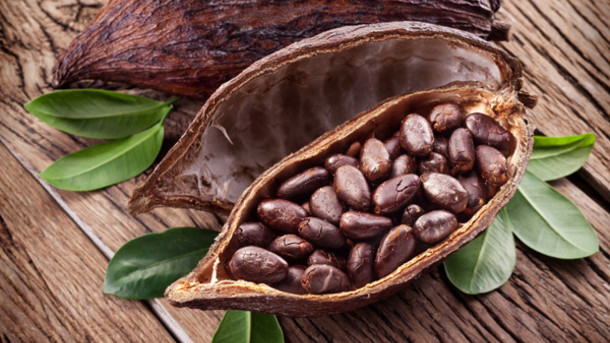“Blood
pressure tends to rise with age. About
65 percent of Americans age 60 or older have high blood pressure. However, the risk for prehypertension and
high blood pressure is increasing for children and teens, possibly due to the
rise in the number of overweight children and teens.”
---National Institutes of Health
---National Institutes of Health
February is
American Heart Month. Did you know that
kids age 3 and older should be screened for high blood pressure? Did you know that being obese is one of the
risk factors for high blood pressure?
Have you talked with your children’s pediatrician yet?
According to
the National Institutes of Health, prevention and treatment of high blood pressure
involves the following:
- Healthy eating
- Being physically active
- Maintaining a healthy weight
- Limiting alcohol intake
- Managing and coping with stress
Consider the fact that 1/4 teaspoon of salt contains 590 mg of sodium. Sodium is the elephant in the room. The fact is that the more salt you eat, the high your blood pressure will be. Salt is everywhere, hidden in processed foods. Restaurant foods are loaded with it. We talk about reading food labels and estimating portion sizes but the fact is most parents have no idea how much sodium their children actually consume.
Next time
you see a recommendation for “healthy eating,”think about salt. Increase your awareness of the foods that
are salt mines. Some foods that
are hidden sources of large amounts include hot dogs, prepared macaroni and
cheese, ketchup, and canned soups. Many
of these contain more than a day’s recommended amount in one or two servings. Eating dangerously high levels
every day, combined with being overweight or obese, is a recipe for high blood
pressure.
Protect your
children’s health and their hearts. Learn
about high blood pressure. Read food labels to become aware of all the foods your children are eating that contain obscene amounts of sodium.
Make sure your children are being screened by their pediatrician. To learn more about high blood pressure from National Institutes of Health, click here.
Make sure your children are being screened by their pediatrician. To learn more about high blood pressure from National Institutes of Health, click here.
In
gratitude,
Nancy
Heinrich
Founder,
Growing Healthy Kids, Inc.


